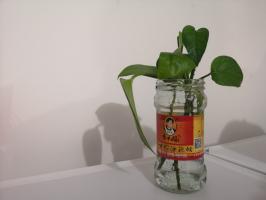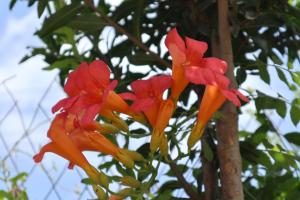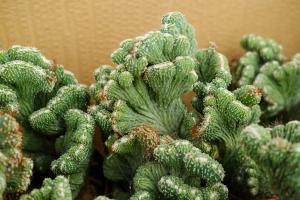Would Geosmin in the Water Harm Marijuana Plants?
Geosmin is an organic compound that gives soil its characteristic earthy smell. It is also responsible for the muddy taste that sometimes comes with water obtained from lakes, rivers or other natural sources. When present in water, geosmin is usually not harmful to human beings, as we tend to adapt to its taste relatively quickly. However, the question arises whether geosmin in the water could negatively impact marijuana plants. In this article, we will try to answer this question by examining the effects of geosmin on marijuana plants and the factors that could influence these effects.
The Potential Effects of Geosmin on Marijuana Plants
According to a study published in the Journal of Environmental Science and Health, geosmin can have diverse effects on plants, depending on various factors such as concentration, duration of exposure, and the plant species. Some plants can actually benefit from geosmin exposure, as it can induce their growth, increase their resistance to diseases, and even enhance their flavor. However, other plants can suffer from geosmin exposure, experience stunted growth, and discoloration of leaves. So how could marijuana plants be affected by geosmin exposure?
There isn't a lot of research regarding the effects of geosmin on marijuana plants specifically, but we can draw some hypotheses based on what we know about other plants. One possibility is that marijuana plants could benefit from a certain level of geosmin exposure, as it could stimulate their growth and enhance their flavor. However, if the concentration of geosmin exceeds the plant's tolerance limit, it could have negative effects such as leaf discoloration, nutrient deficiencies, or even death.
The Factors That Could Influence the Effects of Geosmin on Marijuana Plants
As mentioned earlier, the effects of geosmin on plants can depend on various factors such as concentration, duration of exposure, and the plant species. In the case of marijuana plants, other factors could come into play. For example, the growing medium and the pH levels of the water used to irrigate the plants could affect their tolerance to geosmin. If the environment is already stressed due to improper pH levels, the addition of geosmin might exacerbate the negative effects. Additionally, factors such as light exposure, temperature, and humidity could impact the plant's ability to adapt to geosmin exposure.
The Bottom Line
In conclusion, there isn't a straightforward answer to the question of whether geosmin in the water would harm marijuana plants. While some plants can benefit from geosmin exposure, others can suffer negative effects, depending on various factors. In the case of marijuana plants, the effects of geosmin are not well researched, but it is likely that a certain amount of exposure could be beneficial, while an excess could be harmful. Therefore, it is recommended that growers test the water for geosmin concentration and observe the plants' reaction to it, gradually increasing or decreasing the exposure as needed.

 how many times do yo...
how many times do yo... how many planted tre...
how many planted tre... how many pine trees ...
how many pine trees ... how many pecan trees...
how many pecan trees... how many plants comp...
how many plants comp... how many plants can ...
how many plants can ... how many plants and ...
how many plants and ... how many pepper plan...
how many pepper plan...






























